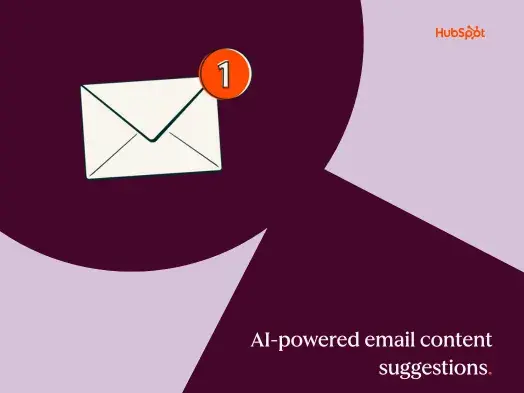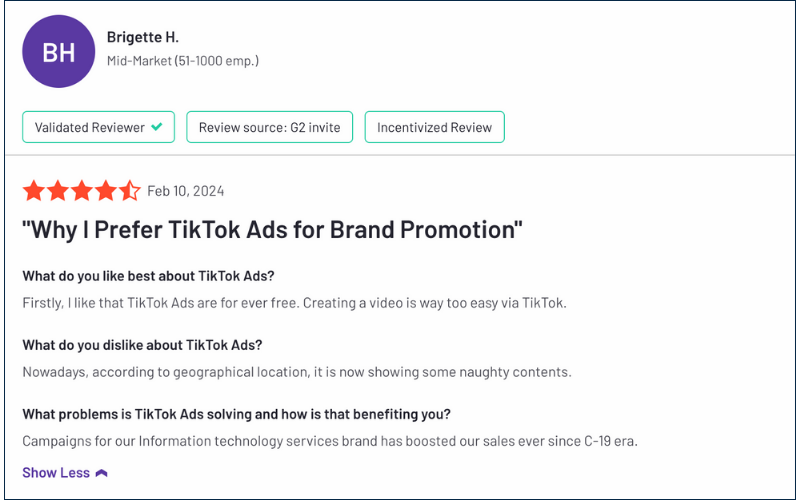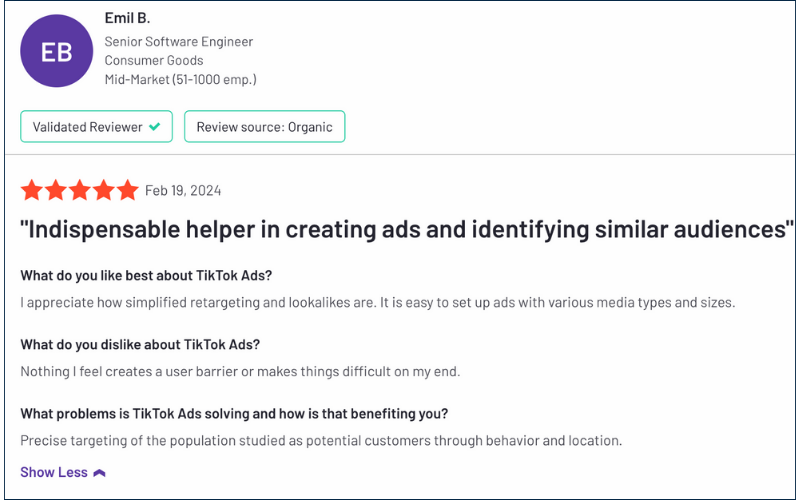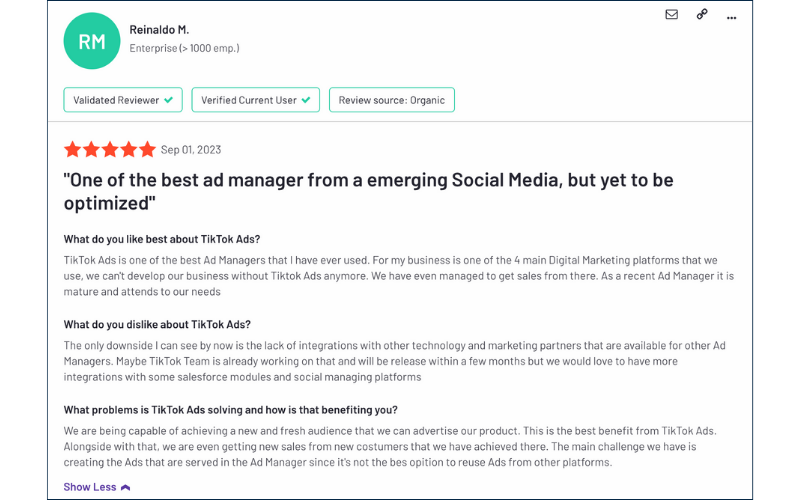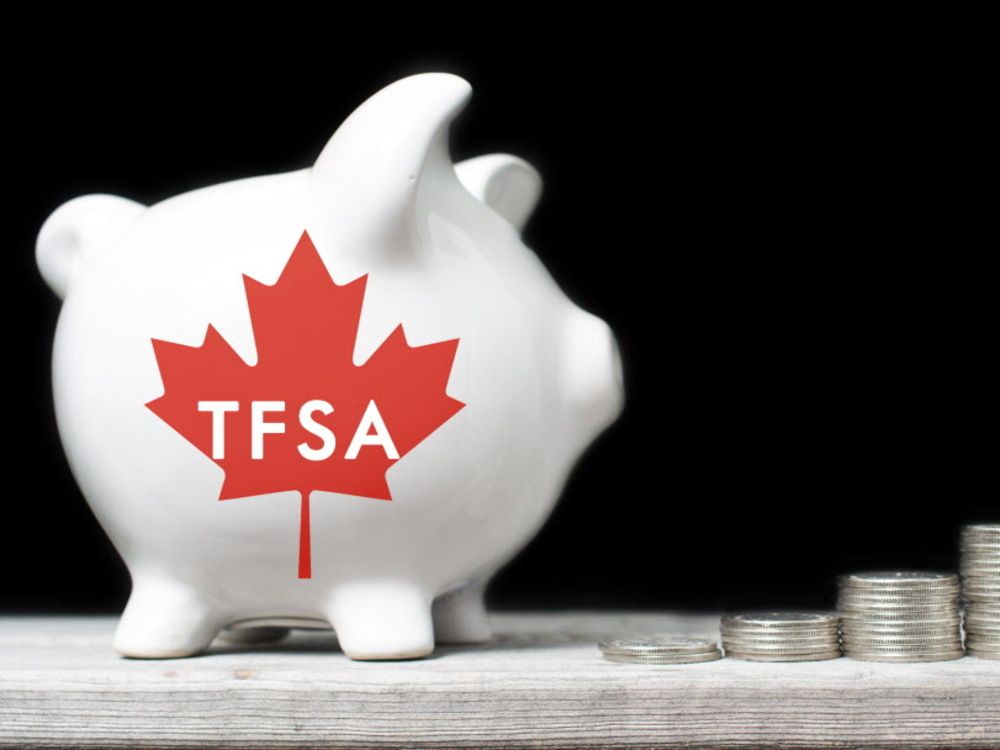- TikTok’s uncertain future could reshape brands’ digital footprints, consumer engagement strategies, and MarTech’s landscape
- The potential ban risks $24.2 billion in the U.S. GDP and calls for quick adaptability in marketing approaches
- We explore why it is imperative for marketing leaders to plan contingencies with flexible content strategies and practices to suit evolving regulations
What happens in China, stays in China, or does it?
Yes, we’re switching up the idiom because we know who it suits best (and it’s not Hollywood). China-made TikTok is facing a ban threat from the U.S. for its data privacy concerns and ties with the Communist party.
The short-form video app could lose 170 million users if its parent company, ByteDance, a.k.a. “App Factory,” doesn’t divest TikTok to an American entity in 6 months.
With an estimated revenue loss of $8.66 billion, TikTok creators are calling the potential ban a “death of the American dream,” to which Kamala Harris clarified, “They do not intend to ban TikTok but instead deal with its ownership.”
First, the cookie death and now the TikTok ban’s “will they, won’t they” drama has advertisers worrying about the implications on MarTech, advertising, and tech legislation at large.
I say, let’s investigate.
FYP: TikTok’s Chinese connection
Even though TikTok is 60% owned by American entities, what brings trouble is the 1% stake (the golden share) owned by the Chinese government which legally binds ByteDance to help the Communist party with gathering intelligence.
Current CEO Shou Zi Chew, in 2023’s congressional hearing, dodged questions about TikTok’s Chinese entity status by calling it Chinese-founded and “global” in nature.
Here’s a timeline of TikTok, ByteDance, and Chinese policies
In addition, governments of Canada, Europe, France, and New Zealand have restricted TikTok on government-owned devices, citing data privacy concerns.
TikTok’s socio-economic impact
As consumers and marketers, we’ve witnessed TikTok become a fabric of society and fuel the attention economy.
The social media app changed the face of product discovery, redefined consumer-brand friendships, turned content creation on its head, and cemented the prominence of social search.
People use the platform to learn, inform buying decisions through product reviews, and seek entertainment and happiness. I can’t think of any other social media platform where users rave about #NewFinds, #TikTokTaughtMe, and #TikTokMadeMeBuyIt.
According to an Oxford Economics report, TikTok contributed $24.2 billion to the U.S. GDP in 2023. While finance, healthcare, and regulated industries haven’t been enthusiastic about venturing into the platform, TikTok’s fate will greatly impact e-commerce, retail, gaming, food and beverage, business services, automotive, and FMCG brands.
Why marketers and software buyers love TikTok
TikTok is not just built on data and unique algorithms but is fueled by community creativity. (Pinterest, are you listening?)
It helps brands move past the single-sale barrier, deliver full-funnel marketing capabilities, and fill the trust deficit in the age of authenticity.
While major brands like Chipotle, Lululemon, Target, and Ulta Beauty actively invest in TikTok, the platform is home to 7 million businesses and is critical to the existence of ~40% of SMBs. A closer look shows that 32.6% of the audience are millennials and Gen Z folks (25-34 years of age) with purchasing power.
TikTok’s magic numbers
- TikTok sees an average daily audience engagement of 95 mins (33 mins more than Instagram’s daily average)
- 61% of TikTok users have made a purchase either directly on TikTok or online right away after seeing an ad on TikTok
- 58% of TikTok users discover new brands and products on the platform (14% more than on other platforms)
- TikTok ads increased brand trust by 41% and drove loyalty by 31%
- 90% of TikTok users report that the platform makes them happy
- 33% found value in TikTok ads through better brand-personality-product fit
- Brands that advertised on TikTok across 3-4 years saw a 41% increase in consumer trust, proving long-term gains
TikTok advertising has proven to be an avenue that crystalizes sales amplification for SMBs as well as enterprises. In an age of banner blindness, ad blockers, and compliance, TikTok provides an ecosystem of people receptive to purchasing and discovering new products.
To put TikTok’s marketing performance and attribution into perspective, I checked out what software buyers say about TikTok Ads.
The G2 take
With a 4.1/5 rating, G2 reviews for TikTok Ads show that users find great value in seamless ad management, simplified retargeting, and lookalike audiences. Advertisers also enjoy an assortment of easy-to-set-up video ad formats that allow creative testing.
TikTok Ads helped businesses build brand awareness, capitalize on peak seasons, expand marketing channels, reach new audiences, and build quality user-generated content (UGC).
An interesting takeaway was to see how information technology services and consumer goods businesses have found success on the short video platform.
Users prefer TikTok to Meta because it offers affordable ad inventory and delivers more precise targeting.
These reviews are evidence of the fact that marketers have a lot to lose if a TikTok ban happens, and we’re just scratching the surface.
What happens when we lose the magic?
Businesses and the marketing community as a whole are seeing TikTok’s premature death as a grave acquisition loss of the younger demographic. With millions invested in TikTok marketing strategies, they plan on remaining committed to the platform until a permanent decision arrives.
“Businesses across the country have invested a great deal into TikTok already, and removing access will mean a lot of time and money wasted. In an election year, it’s interesting that the Biden administration would take an approach that could alienate a section of business leaders as well as swathes of young people.”
Matt Rogers
Head of Campaign Management, Add People
Marketing forecasts will be skewed, leaving brands and agencies with uncertainty around budget, spend, audience engagement, and advertising. Smaller social media agencies and TikTok specialization entities may experience a dip in cash flow and will struggle to survive unless they pivot to providing omnichannel marketing services.
When it comes to TikTok’s fate, there’s a lot to unpack: audiences will migrate, jobs will be lost, and new tech will emerge. On the flip side, experts are foreseeing Meta, Snapchat, and YouTube as winners in this situation. Meta especially has a lot to gain as most Gen Z and millennials actively consume Instagram Reels. There could also be the emergence of a new social media platform that feeds the same “quick rise to fame” aspiration.
Here’s what our experts are forecasting.
“I predict advertisers will have to work harder to reach and engage the Gen Z and younger millennial audience on other platforms like LinkedIn. The shift to a younger audience will upset engagement and impression metrics. But that’s not necessarily a bad thing!”
Natalie Hill
Senior Social Media & Communications Specialist, G2
The TikTok ban could negatively impact specialists and worsen the global job market outlook.
“The threat of a TikTok ban could contribute to career instability in the marketing world. For people who have spent the past few years specializing in TikTok advertising, the news of a ban could result in lost jobs. Especially if nothing replaces TikTok advertising, these marketers will need to rely on transferable skills to secure their next role. Losing TikTok considerably impacts previous forecasts.”
Matt Rogers
Head of Campaign Management, Add People
How to drama-proof marketing investments
Diversification remains king of the castle. Advertisers and marketers must invest in Instagram, Meta, and marketplaces to neutralize the TikTok deficit.
A quick comparison of the platforms shows Instagram currently leads the pack, making it the first choice when attention and ad dollars migrate.
Source: G2
Doing more with less for video marketing will be a key lever to enable diversification. Flexible content strategies and video optimization practices will help marketers minimize waste and maximize performance. This will help tailor engagement for similar cohorts on Reels, LinkedIn videos, and YouTube Shorts.
Attention spans are fickle and brands can’t afford to easily evaporate with the elimination of one social platform. Asset optimization will be crucial as an increasing number of advertisers will spend several dollars for the same attention and retention.
Marketers will need to find ways to export valuable ad targeting data that they can safely own on their cloud storage systems. They will need to integrate this data into their marketing attribution and analytics software to feed predictive models, audience groups, and amplify customer interaction touchpoints.
This will not only improve operational efficiency but also serve as a single source of truth for diverse data sources and marketing platforms.
But don’t just take it from me.
“Diversify and maximize content efficiencies! The content brands are making for TikTok currently can easily be used across other social channels, so expect to see some TikTok-esque content being moved over to Instagram or Snapchat for the time being.”
Natalie Hill
Senior Social Media & Communications Specialist, G2
Avoid falling into the “I’ll just double-down on my highest performing platform” trap, as that could cause higher CPCs (cost per click).
“Diversify. Expending more of your efforts to other successful channels you already work with could be an effective way to steady the ship while a TikTok alternative presents itself in the future.”
Matt Rogers
Head of Campaign Management, Add People
TikTok ban or TikTok banter?
While the US was the first to praise India’s TikTok ban in 2020 for data privacy and geo-political concerns, is the Land of Liberty following suit? Is this a true data-protection concern or a conspiracy to edge out the foreign player that is giving American platforms a run for their money? Reels and YouTube shorts were winners when TikTok got banned in India, and history could repeat itself.
“Looking for a silver lining to the prospect of a countrywide ban, agencies, content creators, and software companies have an opportunity to innovate here.”
Matt Rogers
Head of Campaign Management, Add People
While skeptics speculate and governments regulate, the common theme between Google’s cookie death and TikTok’s potential ban is the shift toward privacy-first technology platforms.
Because where consumers go, brands follow, and technology innovates.
Don’t miss out on the latest and greatest tech thought leadership. Subscribe to the G2 Tea newsletter today to enjoy the hottest takes in your inbox.


